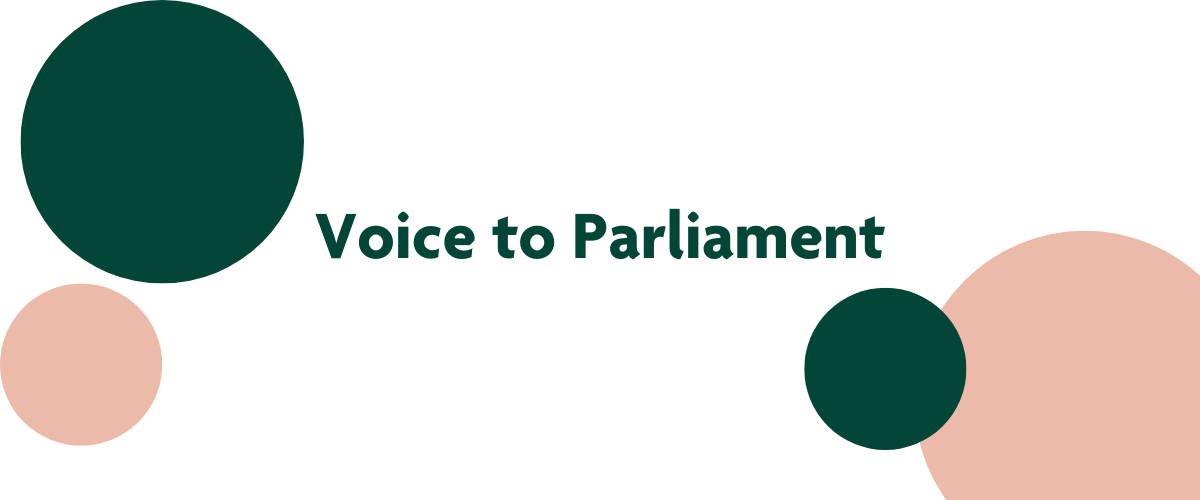Posted by
When disaster strikes, it’s easy to fall into the cycle of day-to-day response and survival. Never has this been truer than when we consider industry and business leaders’ entrenched pandemic response: protecting critical services, moving to remote working arrangements, and embracing digital engagement solutions.
Yes, a swift response is vital, but if we are to future proof our industries and organisations, it is not enough. We need to start thinking differently and to learn from how the emergency management sector responds to emergencies. And it isn’t by dusting off their business continuity plans and hoping for the best.
Continuity plans are a false sense of security
The current global Covid-19 crisis is slowly exposing the inadequacy of most businesses’ continuity plans, more suited to managing a once-off incident such as an office fire than a global pandemic. Knowing how to access your IT system from home will only take you so far. What about managing staff wellbeing and cohesion, productivity planning, and maintaining a healthy organisational culture in the absence of an office and face-to-face interactions?
Building business resilience requires more complex and long-term thinking, a point not lost on more than 50 CEOs from some of Australia’s most credible public and private organisations, who ranked scenario, simulation and workforce planning as the most important activities in supporting their organisation’s ability to respond to disruption. Notably, business continuity plans languished at the bottom of the list.
Business resilience = corporate immune system
Successful businesses understand that response doesn’t occur in a vacuum – recovery needs to be firmly on the agenda when a crisis is live. More than that, they recognise the need to prevent and prepare against future shocks and crises now, not later. They get that their businesses need to be able to survive and adapt in order to thrive, no matter what disruption or shock comes their way.
The emergency management sector has long set the benchmark for such holistic and progressive thinking. Resilience is at the heart of their business and workforce models, and the way they enable and support community recovery: they know what they’re doing, and they do it exceptionally well.
What is surprising is that so few other industries and organisations draw on the rich expertise, lived experience and insights of the sector that lives it year after year. It’s a body of knowledge we need to tap into, and fast.
Emergency management organisations use a tried and tested model known as the Prevention, Preparedness, Response and Recovery lifecycle – PPRR for short. Their continued resilience stems from having systems and processes in place to prevent, prepare, respond and recover from different crisis scenarios, and to reduce the impact of major disruptions on their service delivery, stakeholders, and the community they serve.
Emergency examples
Take for example the way PPRR has played out in our recent bushfire response. While our firefighters were battling bushfires on the frontline, relief and recovery efforts were also underway, with the establishment of Bushfire Recovery Victoria to work directly with locals to deliver what was needed to get them back on their feet.
Speaking in January, former Police Commissioner and head of Bushfire Recovery Victoria Ken Lay said the bushfire crisis would not be last and that the permanent agency would be there to provide support now and in the future. The take-out lesson – the relationship between response and recovery is dynamic, never linear.
The national rollout of telehealth services serves as another present example. This didn’t happen overnight. The health sector was already prepared to respond to a pandemic in this way, with many rural and remote health services already using telehealth to overcome the tyranny of distance. Given the telehealth response has proven to be an effective recovery measure in preventing further community transmissions of deadly viruses, it is a model likely to be made more permanent once the current health crisis is over.
Conversely, adopting a PPRR mindset could have built stronger resilience in our court system. While audio-visual links for bail and remand hearings are used for persons in custody or to give evidence from another location, they have not been widely adopted. As part of their response to the covid-19 crisis, courts are fast-tracking this capability to maintain delivery of their core services.
Unfortunately, the lack of preparedness has meant many matters have been adjourned and new jury cases suspended, causing an even greater backlog for already stretched court resources and further hampering any recovery efforts – issues that could have been better mitigated with PPPR modelling.
The road to resilience starts now
If natural disasters and health crises are our new normal, organisations must adopt an emergency management mindset. Businesses that embrace the PPRR model will be best placed to bounce back from the next shock, and it will be coming.
Here are some immediate actions you can be taking:
-
Start planning your recovery now: don’t wait for the ‘response’ to be done and dusted and embedded as business as usual. What are your recovery goals? And how will you achieve them?
-
Shift from a business continuity planning mindset to one of resilience. It’s time to start thinking, talking and acting across the PPRR lifecycle. There are plenty of credible emergency management knowledge banks out there to lean on – the Australian Institute of Disaster Resilience being one of them.
-
Protect your organisational culture. It takes years to build so make sure you sustain all the positive elements that make up your organisational paradigm. You will need a positive and healthy culture to support the recovery effort.
-
Don’t be insular. Engage with your people, partners, clients, funders, communities and other stakeholders. Get them across the PPRR language and mindset: bring them along the journey of thinking, acting and talking about resilience in a more holistic way.
Don’t wait for the debrief or the lessons review when this is all over. The time to learn and embed these learnings is now as only the most resilient organisations will survive.
This article first appeared on Consultancy.com.au on the 16.04.2020








